How to buy a new, sustainable home in Australia for just $44,000
Thanks to flexible working a housing movement has taken off – and it means Aussies can buy a home for less than $50,000.
Fabio Paulucci has always had an interest in alternative ways of living – so when he heard about tiny houses popping up across America in response to the global financial crisis, he was hooked. He began researching the movement and travelled internationally before eventually bringing the concept to Australian shores.
Launched in 2017, as Australia’s first tiny house company, Aussie Tiny Houses has taken off.
“We started building one, two or three houses at a time, and now we are building around 12 at once. This is our fifth factory, and basically we cannot produce enough for the demand,” Fabio laughs.
In the short five years that the Sunshine Coast company has been going, Australia’s love for tiny houses has grown exponentially. Whether the pandemic, soaring housing costs or the push to return to ‘less is more’ is to blame, Fabio’s business has bloomed alongside our love for downsizing.
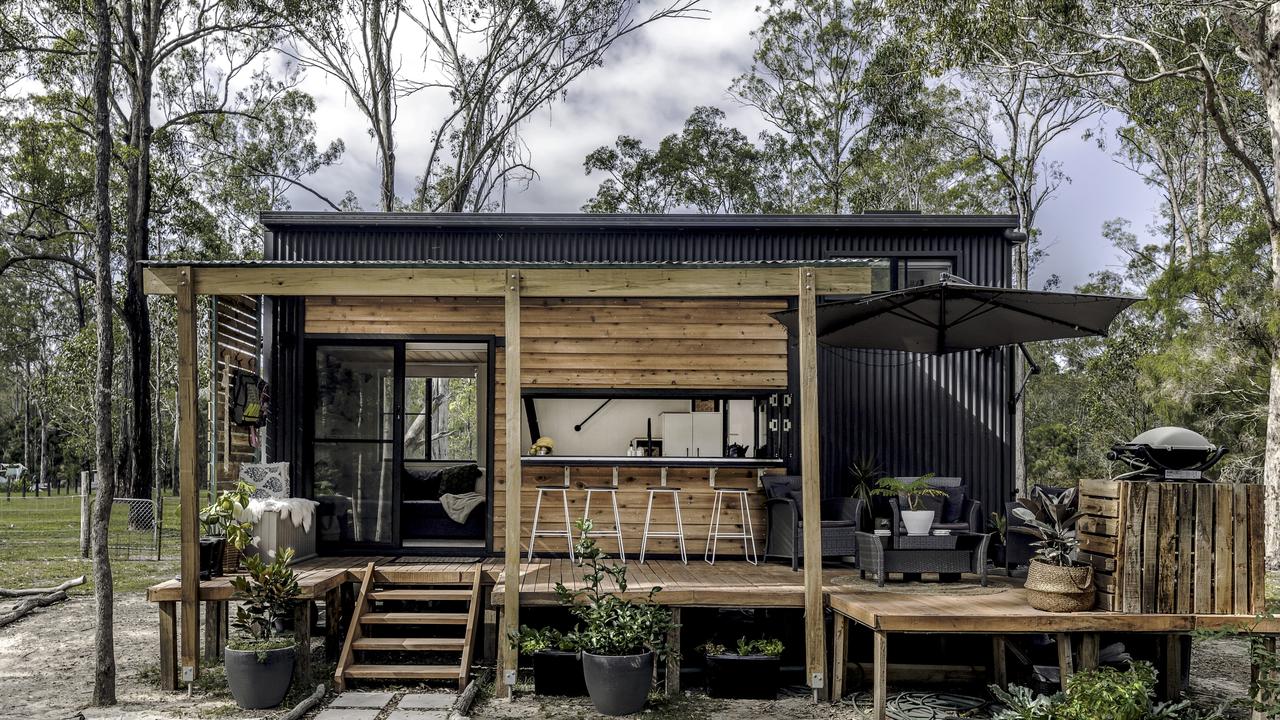
Fabio’s tiny houses start at around $44,000 for a lockable shell requiring add-ons, upgrades or DIY love, to $79,000 for a fully-kitted out house. And while the price tags aren’t for the faint hearted, the cost of a tiny house is a world away from a traditional mortgage.
“Tiny houses are a very versatile solution. People can think ‘rather than jumping on a $700,000 mortgage, what if we start with something a lot less?’,” Fabio said.
“And then they can be more sustainable, live a lifestyle where they are more connected to nature. They feel they don’t need a lot of space because they want to focus their energy and effort and money into things they believe are more worthwhile.”
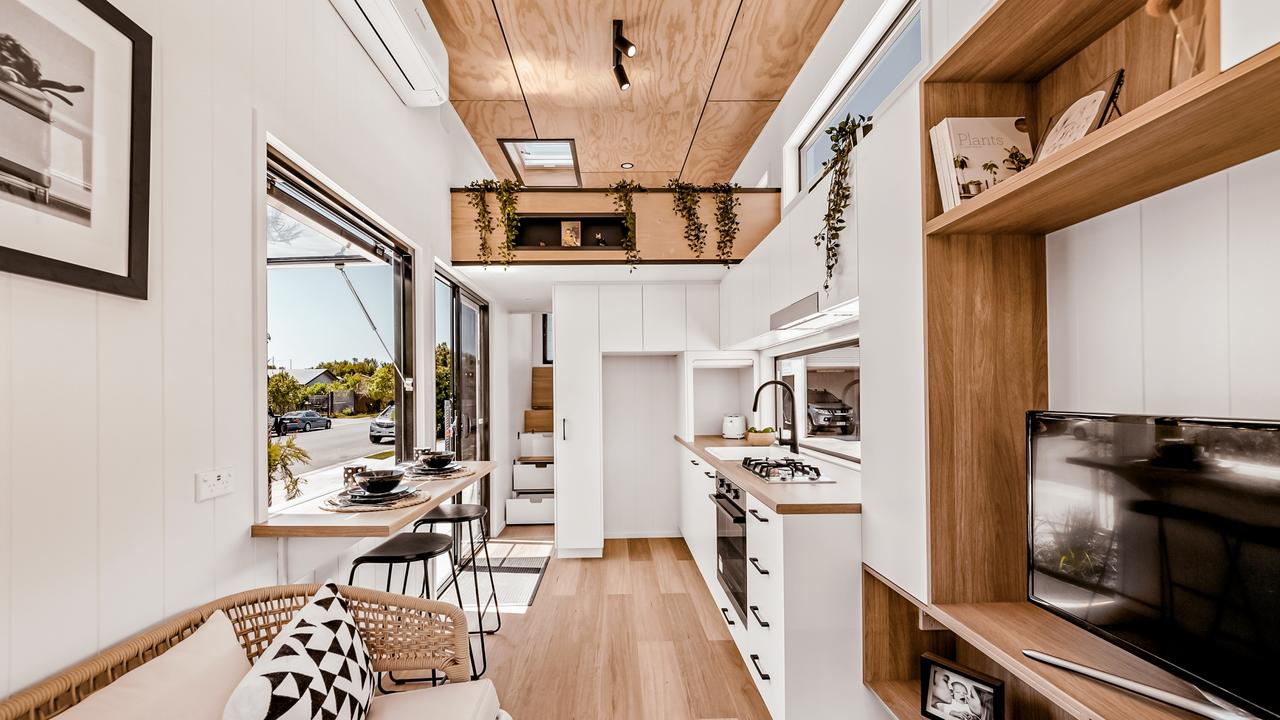
The homes can include solar power systems, rainwater harvesting, greywater systems and composting toilets, enabling people to live completely off the grid.
The company is also conscious of the way tiny houses can be used to create solutions in the public housing space, too. Partnering with local Sunshine Coast-based not-for-profit called Youturn and the Noosa Council, Aussie Tiny Houses has been hard at work creating tiny houses to support youth homelessness. The first families are set to move into their new tiny houses in March.
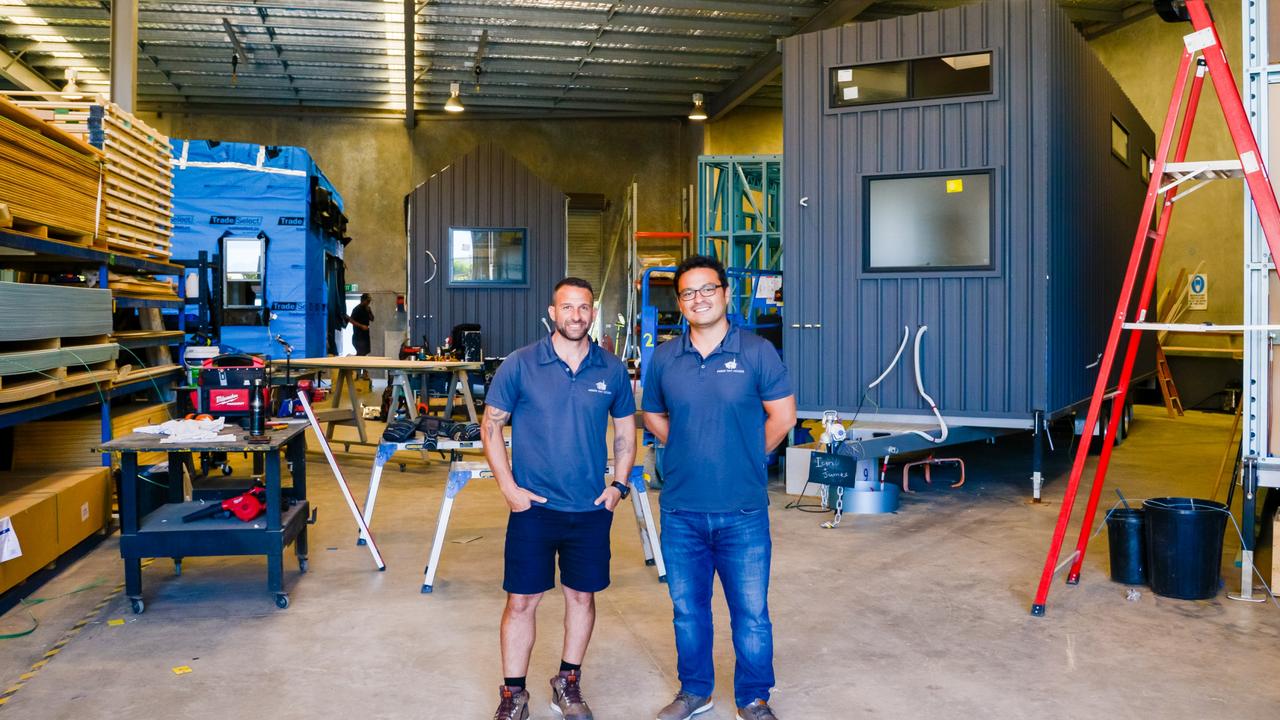
“We are calling it a village, but in the beginning we’ll start with just two units. We’ll take two families in to start the program – it’s almost kind of like a rehabilitation program. They’ll live in the tiny house for three, six or nine months and this will sort of be a stepping stone for them,” Fabio said.
And as for Covid, Fabio feels it has only made the premise of downsizing more tempting.
“Now that people don’t need to work in cities, they’re thinking ‘Do we really need to be in small apartments surrounded by concrete? Or do we want to be on a beautiful, large acreage? Where we can grow our own food, we can be sustainable with waste’.
“It’s truly the lifestyle change that makes the difference. It allows us to live beautifully,” Fabio said.
For Robert and Roshni Thompson, caring for the environment is also common sense. Inspired by an old friend who was recycling kitchen waste, the pair created Betta Stone – a company that makes engineered kitchen benchtops and splashbacks from locally recycled glass waste.
While many are familiar with the problem of plastic waste, the downfalls of glass manufacturing are often swept under the rug. Currently, 1.36 million tonnes of glass waste is produced each year. The waste is sent most often to landfills, amplifying an already-dire issue.
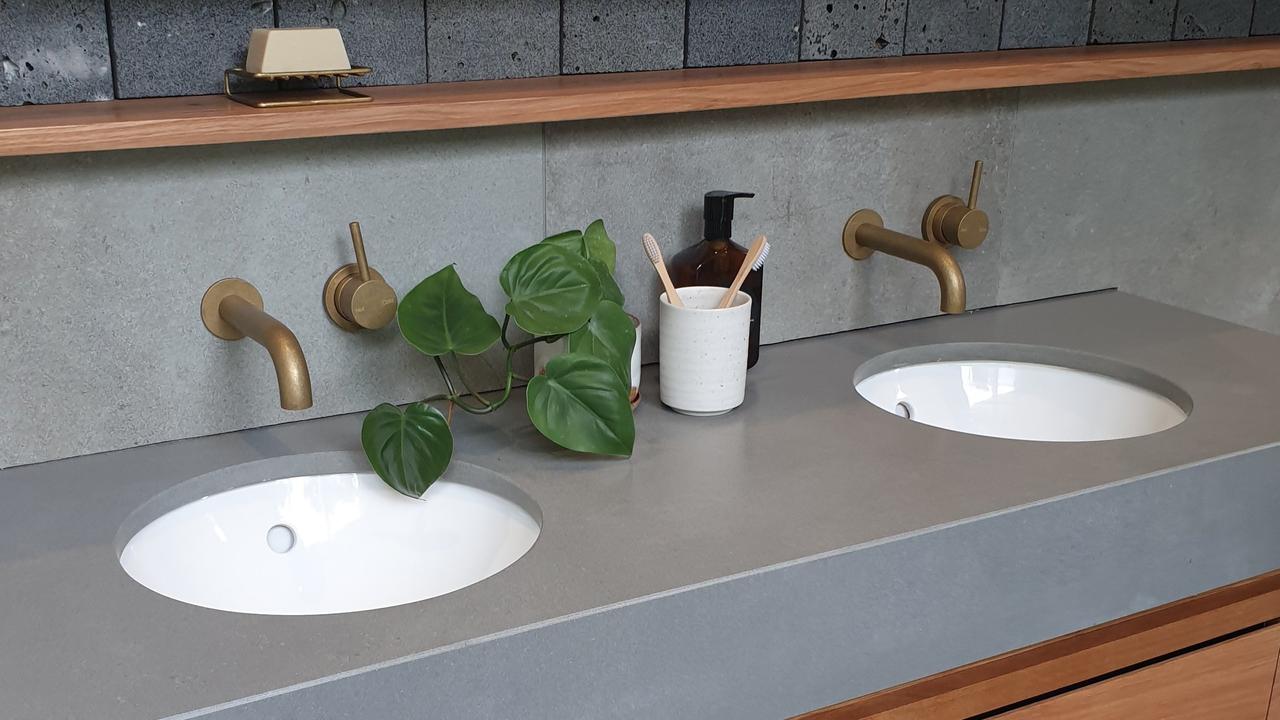
But in its infancy, Betta Stone realised their idea could save more than just the environment.
Most recycled glass options contain harmful amounts of crystalline silica dust, which has been linked to many diseases and detrimental health conditions in workers, but Betta Stone is free from crystalline silica dust.
“When we first went into this, we weren’t aware of what recycled glass would do in terms of crystalline silica dust. It’s about saving lives,” said Robert.
Featuring a range of natural colours, the material is UV-protected, durable and far less likely to crack than other kinds of engineered stone. But the Thompsons’ favourite feature? Decking out an average kitchen with Betta Stone saves about 800 glass bottles from landfill.
“I just believe in the environment and doing something to give back, too. We like to say, if you don’t care about the environment, don’t talk to us,” Robert laughs.
With the help of an engineer and an industrial designer based in India, the first shipment of equipment to make Betta Stone products arrived on the Thompsons doorstep three years ago.
One of Betta Stone’s very first clients was the beloved international specialty tea chain T2. The retailer was in the midst of creating its first green-star sustainability rated store in Westfield, Bondi Junction when the shimmering benchtops of Betta Stone caught the eye of the developer, Sandbox.
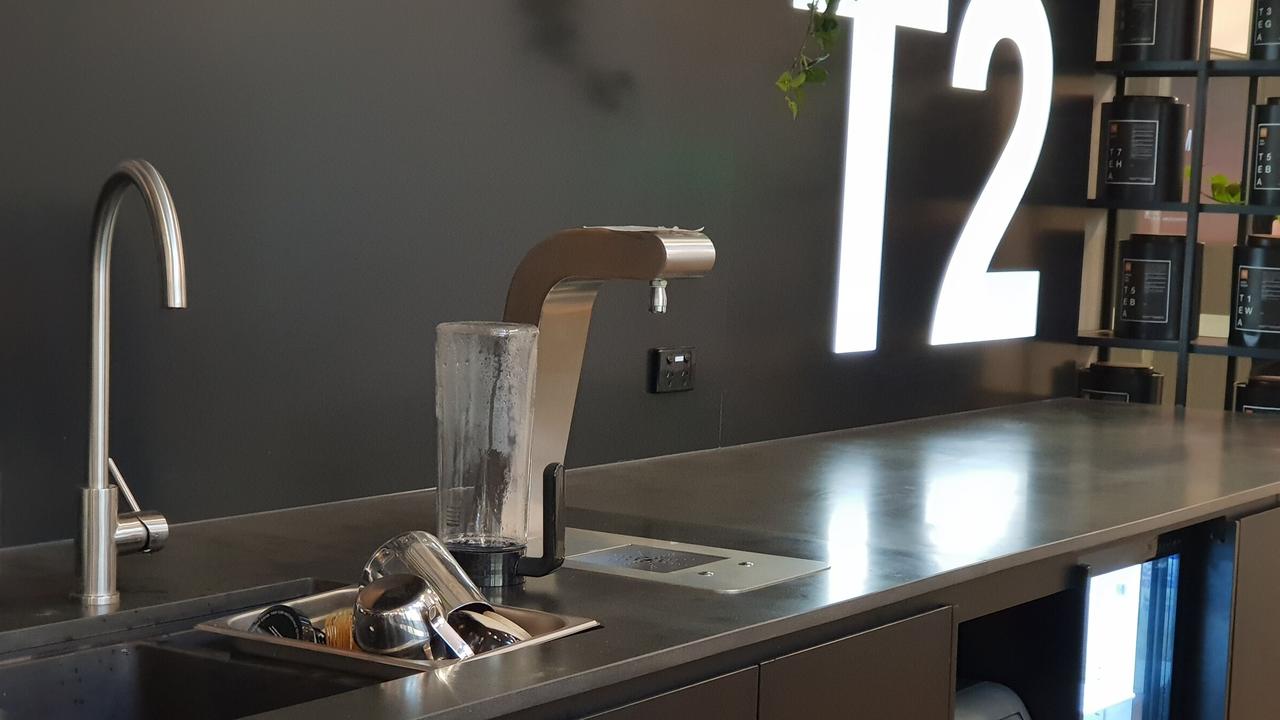
In late 2021, Betta Stone was part of another world-first green store for beauty retailer L’Occitane. In a nod to the circular economy, Betta Stone was provided with L’Occitane’s collected glass from its in-store TerraCycle program to create the benchtops and sink.

“This is the circular economy!” Robert said of the impressive feat.
But beyond corporate appeal, Betta Stone have also been working hard to supply residential clients too.
“It started off with mums and dads, and environmentally-conscious people who want to do something. And now we’re even working with some tiny house companies,” Roshni said.
Imogen Kars is a freelance writer.
This content is created in sponsorship with Volvo.





